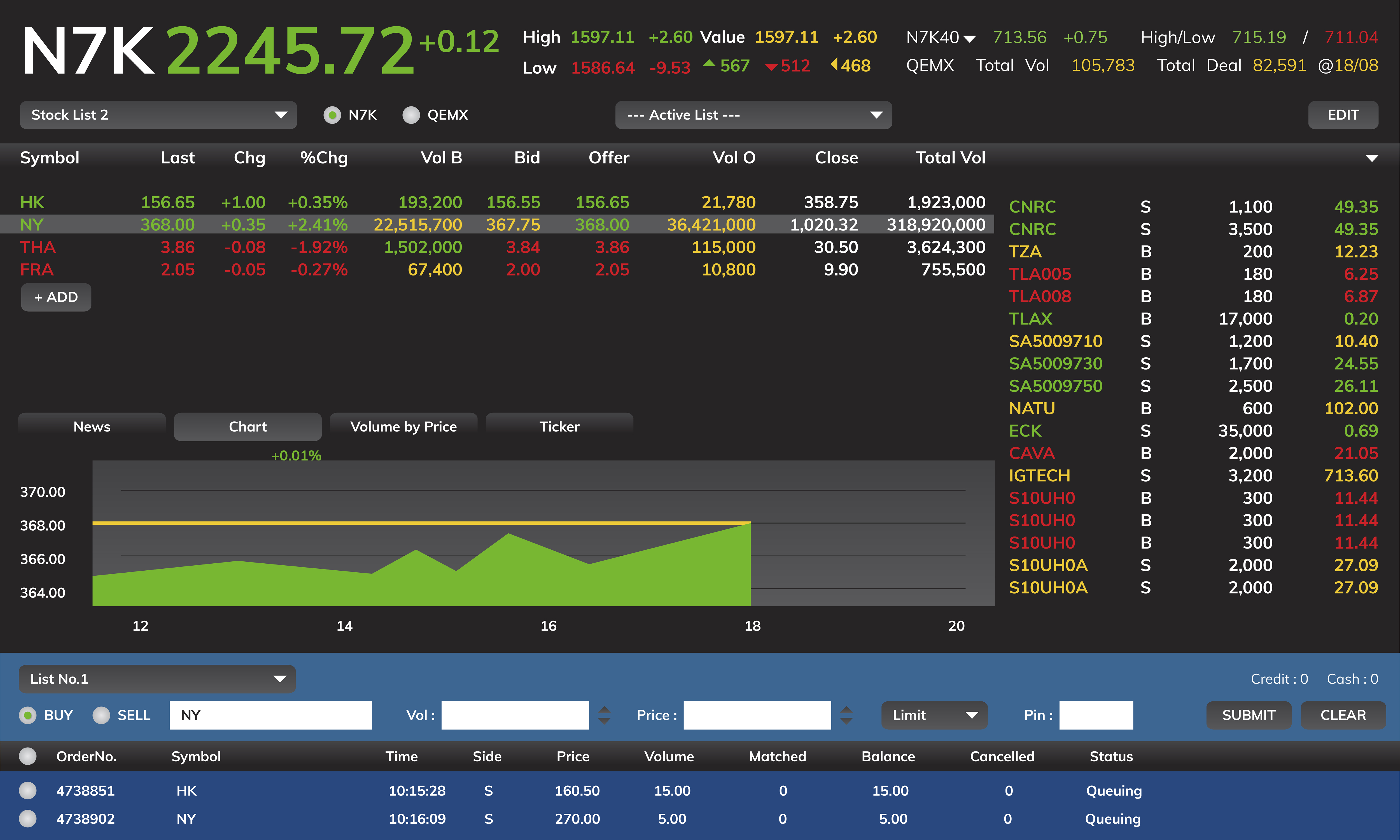Speculating on a stock market index’s price direction using instruments such as CFDs, ETFs, or futures, with predefined entries, stops, and targets.
How Indices Are Traded
An index itself is a measurement, but you can trade its performance via instruments like CFDs, ETFs, or futures. With TradeFlix, index CFDs enable long or short exposure without owning each component, with leverage used responsibly.
- Index CFDs: Flexible long/short exposure, no ownership of constituents.
- Futures/Options: Standardized contracts with margin; plan around expiries and rolls.
- ETFs: Exchange‑traded vehicles offering diversified, stock‑like access.
How to Start Trading Indices CFDs
What Moves the Index Price
Indices Trading Strategies
Swing Trading
Fade extremes and trade ranges with confirmation from momentum and volume.
Indices Trading Times
Global sessions (Asia, Europe, U.S.) provide round‑the‑clock opportunities. Align your strategy with market hours, volatility windows, and economic releases.
- Asia: Tokyo and regional hours; often calmer until catalysts hit.
- Europe: London session increases liquidity and range extension.
- U.S.: Highest liquidity; watch data releases and open/close volatility.
Sample Index Trade
Setup: S&P 500 pulls back to prior breakout with rising momentum.
Plan: Buy the CFD on confirmation; stop below structure; target recent swing high.
Execution: Entry after bullish candle close; size so a full stop equals max risk.
Management: Trail stop as price advances; scale partial at first target.
Review: Log rationale, metrics, and improvements regardless of outcome.
Index Trading Tips
Trading Tips
- Define risk per trade and overall drawdown limits before entry
- Diversify across indices/timeframes rather than over‑concentrating
- Plan around earnings and macro calendars; avoid blind exposure
Pitfalls to Avoid
- Over‑leverage that magnifies routine volatility into large losses
- Ignoring fundamentals driving sector and index weight shifts
- Chasing moves without a written plan and exit criteria
Why Trade Indices with TradeFlix?
- Reliable platforms with fast execution and transparent pricing
- Tight spreads on major indices and robust liquidity access
- Risk tools, analytics, and education to support your process
- Responsive support for practical, real‑world trading questions
TradeFlix offers transparent pricing, tight spreads, fast execution, advanced platforms, and responsive support to help you trade indices with confidence.
Conclusion
Indices provide efficient market exposure with clear frameworks for analysis and risk control. With the right tools and process, TradeFlix helps you participate with clarity.
Indices Trading FAQs
S&P 500, Dow Jones, Nasdaq 100, FTSE 100, DAX 40, and Nikkei 225 are among the most traded benchmarks globally.
During peak liquidity such as the London session, U.S. cash hours, or around scheduled data when volatility matches your strategy.
Start small, scale with experience. Match position size and leverage to your risk tolerance and edge.
Yes. Leverage increases both potential gains and losses. Use strict risk controls and avoid over‑exposure.
Combine macro/fundamental context with technical structure and momentum for robust signals.
Use stops, define max loss per trade/day, avoid trading into unknown events, and keep a log to improve.





